Rank Species | Genus Tolmiea Higher classification Tolmiea | |
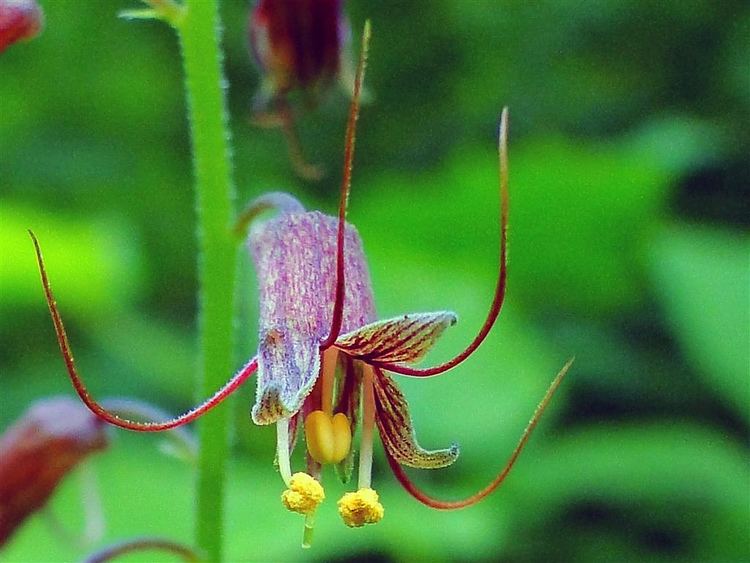 | ||
Similar Tolmiea, Saxifragaceae, Tellima, Embryophyte, Aphelandra squarrosa | ||
Tolmiea menziesii
The plant Tolmiea menziesii (/tɒlˈmiːə mɛnˈziːzi.aɪ/) is a member of the genus Tolmiea. It is known by the common names youth on age, pick-a-back-plant, piggyback plant, and thousand mothers. It is perennial plant native to the West Coast of North America and occurs from California north through British Columbia to Alaska.
Contents
Description
Tolmiea menziesii has hairy, five to seven-lobed, toothed leaves and a capsule fruit containing spiny seeds
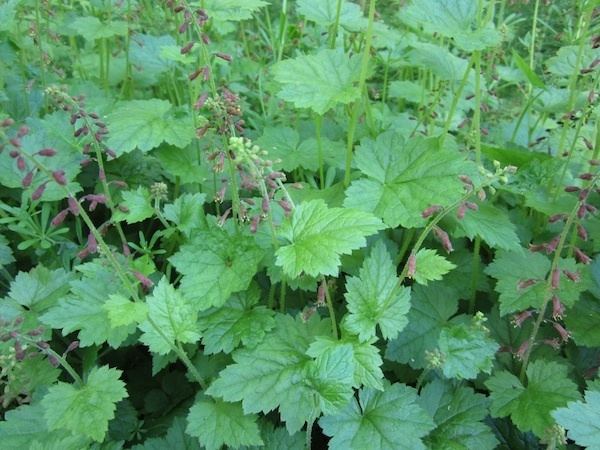
It bears many small flowers in a loose raceme. Each flower consists of a tubular purple-green to brown-green calyx and four linear or subulate (awl-shaped) red-brown petals, about twice the length of the sepals.
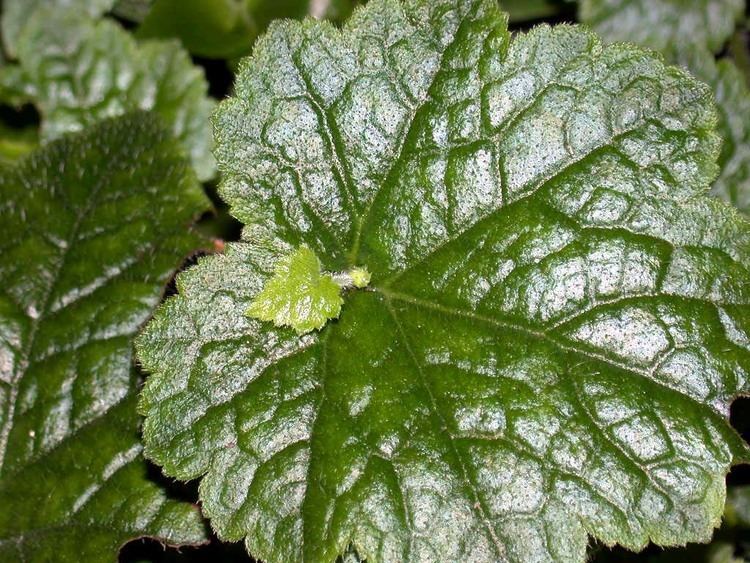
It has unusual reproductive habits. It grows plantlets from the petiole near the base of each leaf. The plantlets drop off, fall in the soil, and take root there. It will also reproduce by rhizomes and by seeds.
Taxonomy
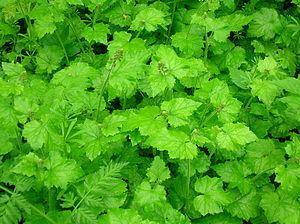
The genus was named after the Scottish-Canadian botanist William Fraser Tolmie, while the species name refers to Archibald Menzies, the Scottish naturalist for the Vancouver Expedition (1791–1795).
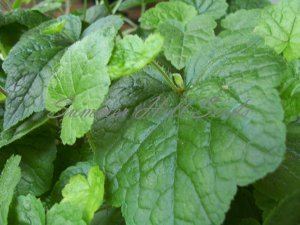
The plant was formerly considered to be the only member of a monotypic genus until diploid populations (due to autopolyploidy) were split off as a separate species T. diplomenziesii from the tetraploid populations.
Cultivation
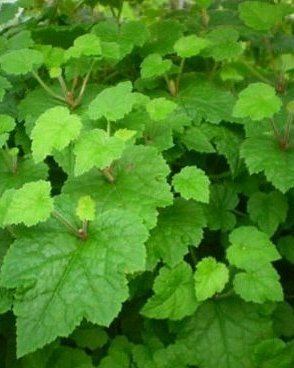
Tolmiea menziesii is commonly cultivated as an ornamental plant, for use as a house plant or planted as a groundcover in gardens. It requires moisture and does not tolerate much sun or dryness.
